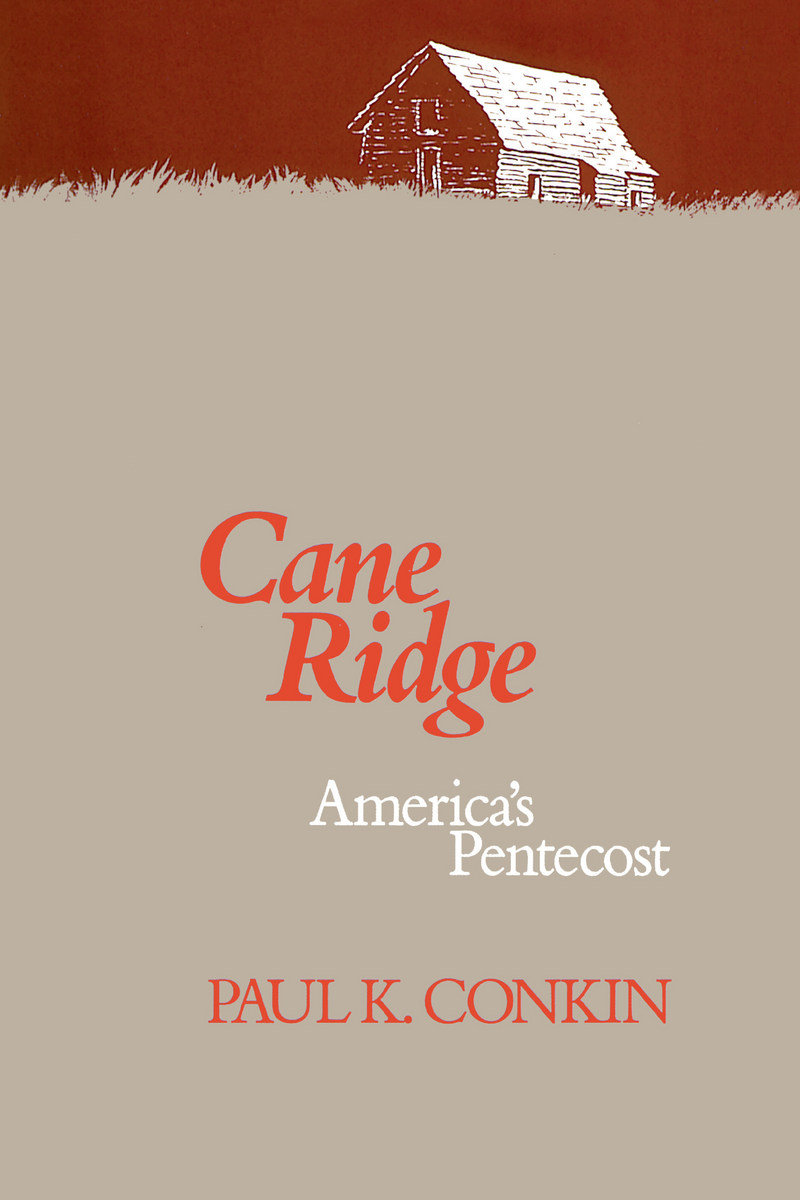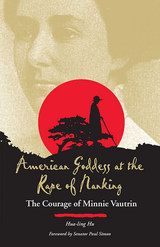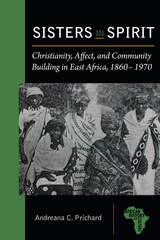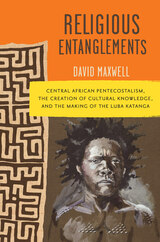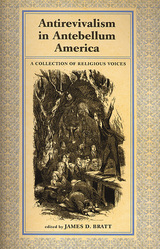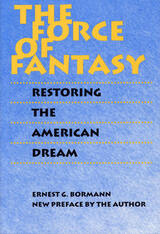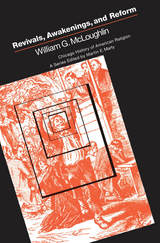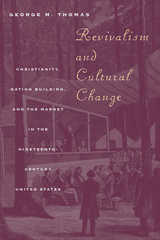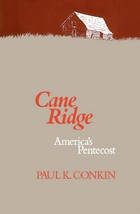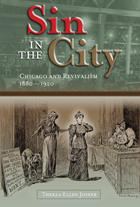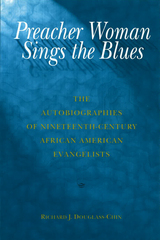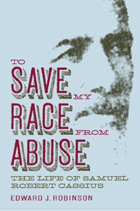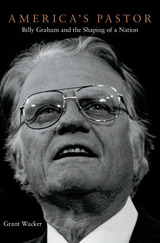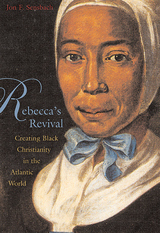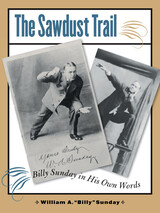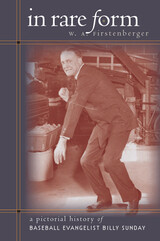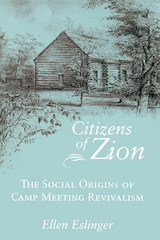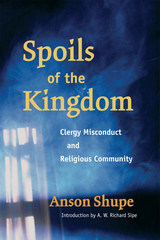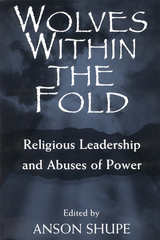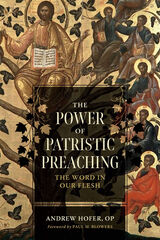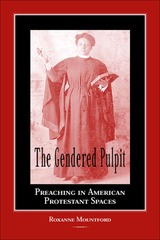Cane Ridge: America's Pentecost
University of Wisconsin Press, 1990
Paper: 978-0-299-12724-4
Library of Congress Classification BV3774.K4C65 1991
Dewey Decimal Classification 269.2409769423
Paper: 978-0-299-12724-4
Library of Congress Classification BV3774.K4C65 1991
Dewey Decimal Classification 269.2409769423
ABOUT THIS BOOK | AUTHOR BIOGRAPHY | REVIEWS | REQUEST ACCESSIBLE FILE
ABOUT THIS BOOK
What happened at or near the Cane Ridge meeting house in central Kentucky in August 1801 has become a legendary event in American religious history. Never before in America had so many thousands of people gathered for what became much more than the planned Presbyterian communion service. Never had so many families camped on the grounds. Never before had so many people been affected with involuntary physical exercises—sobbing, shouting, shaking, and swooning. And never before in American had a religious meeting led to so much national publicity, triggered so much controversy, or helped provoke such important denominational schisms.
Paul Conkin tells the story of Cane Ridge in all its dimensions. The backdrop involves the convoluted history of Scotch-Irish Presbyterianism in America, the pluralistic religious environment in early Kentucky, and the gradual evolution of a new form of evangelical religious culture in eighteenth-century America.
The aftermath was complex. Cane Ridge helped popularize religious camps and influenced the subsequent development of planned camp meetings. It exposed deep and developing divisions of doctrine among Presbyterian clergy, and contributed to the birth of two new denominations —Christians (Disciples of Christ) and Cumberland Presbyterians and furthered the growth of a new revival culture, keyed to a crisis-like conversion experience, even as it marked a gradual decline in sacramentalism.
Paul Conkin tells the story of Cane Ridge in all its dimensions. The backdrop involves the convoluted history of Scotch-Irish Presbyterianism in America, the pluralistic religious environment in early Kentucky, and the gradual evolution of a new form of evangelical religious culture in eighteenth-century America.
The aftermath was complex. Cane Ridge helped popularize religious camps and influenced the subsequent development of planned camp meetings. It exposed deep and developing divisions of doctrine among Presbyterian clergy, and contributed to the birth of two new denominations —Christians (Disciples of Christ) and Cumberland Presbyterians and furthered the growth of a new revival culture, keyed to a crisis-like conversion experience, even as it marked a gradual decline in sacramentalism.
See other books on: 19th century | Church history | Kentucky | Revivals | South (AL, AR, FL, GA, KY, LA, MS, NC, SC, TN, VA, WV)
See other titles from University of Wisconsin Press
